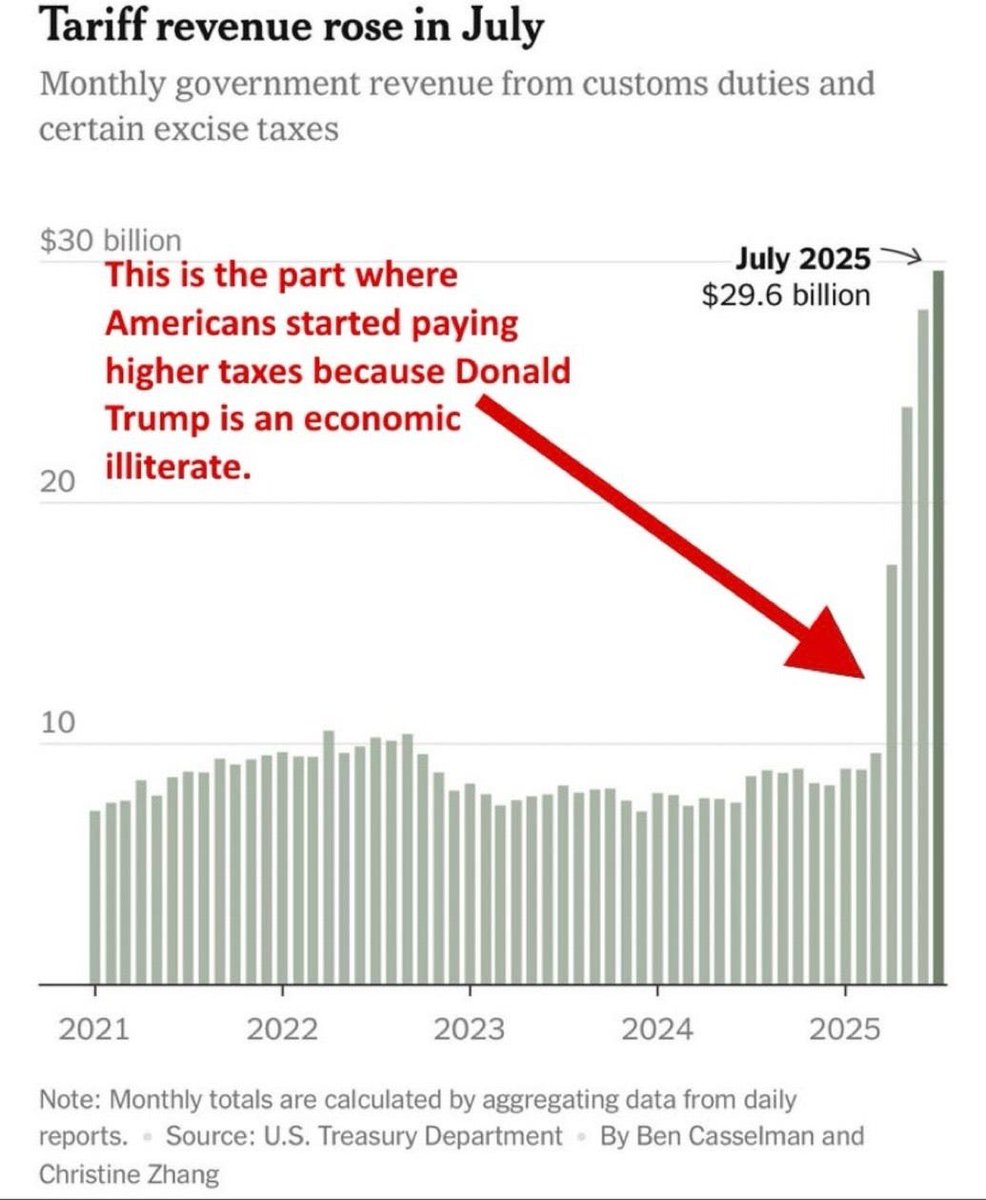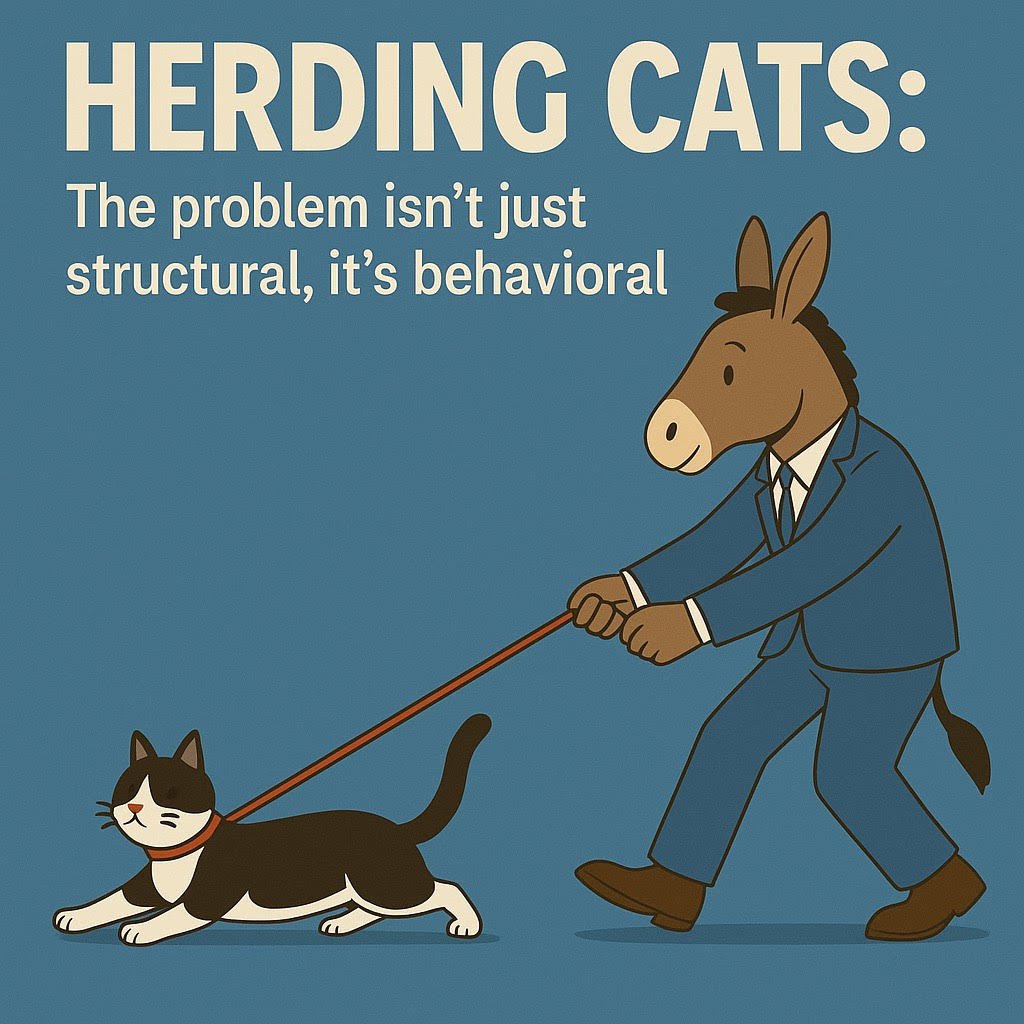🧵The Nazi War on “Asocials”
You Can't Cure Crime Without Crushing Freedom
When the Nazis sold themselves to Germany in the early 1930s, they didn’t just promise jobs, glory, and a return to greatness—they promised a national makeover. And like all authoritarians, their definition of “cleaning up” had less to do with fixing the economy and more to do with purging poor people.
You Can't Cure Crime Without Crushing Freedom
When the Nazis sold themselves to Germany in the early 1930s, they didn’t just promise jobs, glory, and a return to greatness—they promised a national makeover. And like all authoritarians, their definition of “cleaning up” had less to do with fixing the economy and more to do with purging poor people.

The Reich was obsessed with visual order. Cities were to be spotless, streets safe, public behavior disciplined, and every human being was expected to conform to the Nazi ideal: healthy, hardworking, racially “pure,” and loyal to the state.
If you didn’t fit, you were labeled Asozial—“asocial.” This was not just a slur; it was a bureaucratic category, written into policy and enforced with police power. And it covered a broad swath of people the regime saw as “blight”: the homeless, the jobless, alcoholics, drug users, petty criminals, beggars, the mentally ill, sex workers, and even some single mothers and LGBTQ people.
In the Nazi worldview, these people weren’t struggling members of society—they were human trash cluttering the public square.
Cleaning Up the Streets—By Force
The Nazis wasted no time. Almost as soon as they consolidated power in 1933, “asocial” raids became routine. Police, stormtroopers, and local officials swept through cities, pulling people off park benches, out of shelters, and away from street corners. There was no trial, no due process, no appeals. The “evidence” of your asocial status was simply your existence outside their ideal.
The Nazis wasted no time. Almost as soon as they consolidated power in 1933, “asocial” raids became routine. Police, stormtroopers, and local officials swept through cities, pulling people off park benches, out of shelters, and away from street corners. There was no trial, no due process, no appeals. The “evidence” of your asocial status was simply your existence outside their ideal.
This was not charity, rehabilitation, or even the twisted “reform” of prison. It was political theater combined with state terror. The public message was: We are restoring order. We are removing the blight. And it played well with many Germans, especially those already primed to see poverty, addiction, or homelessness as a moral failing rather than a symptom of larger social problems.
The Camps for the “Unfit”
Once arrested, “asocials” were often shipped to special sections of concentration camps. They wore the black triangle on their uniforms—a symbol as distinctive as the yellow Star of David for Jews. These were not short-term holding centers. They were labor camps, where “re-education” meant backbreaking work, beatings, humiliation, and starvation rations.
Once arrested, “asocials” were often shipped to special sections of concentration camps. They wore the black triangle on their uniforms—a symbol as distinctive as the yellow Star of David for Jews. These were not short-term holding centers. They were labor camps, where “re-education” meant backbreaking work, beatings, humiliation, and starvation rations.
The official line was that these people could be “reintegrated” into society through discipline and labor. In reality, many couldn’t meet the impossible standards set by camp guards. The homeless man with untreated tuberculosis? Dead within months. The alcoholic with liver damage? Too weak to work, beaten for “laziness,” dead in weeks. The mentally ill prisoner who talked to himself like my very own son? Seen as defiant, singled out for punishment, and often murdered outright.
The Myth of Social Hygiene
The Nazis dressed this brutality up in the language of “social hygiene” and “public health.” They claimed the Asoziale endangered not just morality but the biological health of the nation. This is where the “cleanup” blurred into outright eugenics: in some cases, people labeled asocial were sterilized under the 1933 “Law for the Prevention of Hereditarily Diseased Offspring.” It wasn’t enough to disappear you from the streets—they wanted to erase your bloodline from the future.
The Nazis dressed this brutality up in the language of “social hygiene” and “public health.” They claimed the Asoziale endangered not just morality but the biological health of the nation. This is where the “cleanup” blurred into outright eugenics: in some cases, people labeled asocial were sterilized under the 1933 “Law for the Prevention of Hereditarily Diseased Offspring.” It wasn’t enough to disappear you from the streets—they wanted to erase your bloodline from the future.
This was the dark genius of the Nazi project: every policy was framed as necessary for national renewal. Homeless shelters weren’t underfunded—they were emptied. Soup kitchens didn’t close for budget cuts—they were “streamlined” because the people they served had been sent away.
Public Indifference and Quiet Approval
It’s tempting to think Germans didn’t know this was happening. But these street sweeps were not subtle. They were meant to be seen. Watching people dragged off in daylight reinforced the idea that the Nazis were taking control, bringing order, and solving “the problem.” For the average bystander, the lesson was clear: conform or disappear.
It’s tempting to think Germans didn’t know this was happening. But these street sweeps were not subtle. They were meant to be seen. Watching people dragged off in daylight reinforced the idea that the Nazis were taking control, bringing order, and solving “the problem.” For the average bystander, the lesson was clear: conform or disappear.
For many, the sight of cleaner streets and fewer beggars felt like progress—proof that the Reich worked. That’s the danger of authoritarian “cleanups”: they are designed to deliver a short-term visual benefit that distracts from the long-term moral catastrophe.
Death by Conformity
Inside the camps, “asocials” faced a cruel paradox. Survival required absolute obedience to camp rules and an ability to work like a machine. But the very traits that had gotten them labeled asocial—illness, addiction, disability, mental health struggles—often made that impossible. The result was predictable: high death rates from exhaustion, malnutrition, disease, and violence. Many were literally beaten to death for failing to perform tasks they were physically incapable of doing.
Inside the camps, “asocials” faced a cruel paradox. Survival required absolute obedience to camp rules and an ability to work like a machine. But the very traits that had gotten them labeled asocial—illness, addiction, disability, mental health struggles—often made that impossible. The result was predictable: high death rates from exhaustion, malnutrition, disease, and violence. Many were literally beaten to death for failing to perform tasks they were physically incapable of doing.
This was not collateral damage. It was the point. The Nazis had no interest in truly rehabilitating these people. They wanted them gone—erased from the streets, from the census, from memory.
The Slippery Category
One of the most chilling aspects of the asocial label was how elastic it was. Political dissidents, Jehovah’s Witnesses, Roma, and LGBTQ people could be lumped into the category if it was convenient. If the regime needed more prisoners for labor projects, the police could simply expand the definition of “asocial” and sweep in a fresh batch of victims.
One of the most chilling aspects of the asocial label was how elastic it was. Political dissidents, Jehovah’s Witnesses, Roma, and LGBTQ people could be lumped into the category if it was convenient. If the regime needed more prisoners for labor projects, the police could simply expand the definition of “asocial” and sweep in a fresh batch of victims.
This flexibility made the category a powerful political weapon. It wasn’t just about “cleaning up” cities—it was about keeping the population in a constant state of fear. Anyone could be next.
The Lesson We’d Rather Ignore
The persecution of “asocials” is one of the lesser-known parts of the Nazi machinery of oppression, overshadowed by the genocide of Jews, Roma, and other targeted groups. But it’s crucial to remember, because it shows how authoritarian regimes don’t just go after political enemies or minority groups—they also target the vulnerable, the poor, the marginalized.
The persecution of “asocials” is one of the lesser-known parts of the Nazi machinery of oppression, overshadowed by the genocide of Jews, Roma, and other targeted groups. But it’s crucial to remember, because it shows how authoritarian regimes don’t just go after political enemies or minority groups—they also target the vulnerable, the poor, the marginalized.
And they do it with public approval, under the guise of “order” and “improvement.” They start with the people most of society has already written off. The ones whose disappearance is more likely to be cheered than questioned
We like to imagine we’d never stand by for that. But every time a politician calls the homeless “blight,” every time we hear “clean up the streets” without asking how, every time a social problem is reframed as a criminal one, we are inching toward the same playbook.
The Nazis didn’t invent rounding up the poor and unwanted. But they perfected the PR for it. They turned cruelty into a civic virtue, and they sold it as progress. And by the time the public realized what that really meant, it was too late—because the people who could have warned them were already gone.
This info is important so PLZ share this post
open.substack.com/pub/thecycle/p…
open.substack.com/pub/thecycle/p…
• • •
Missing some Tweet in this thread? You can try to
force a refresh











